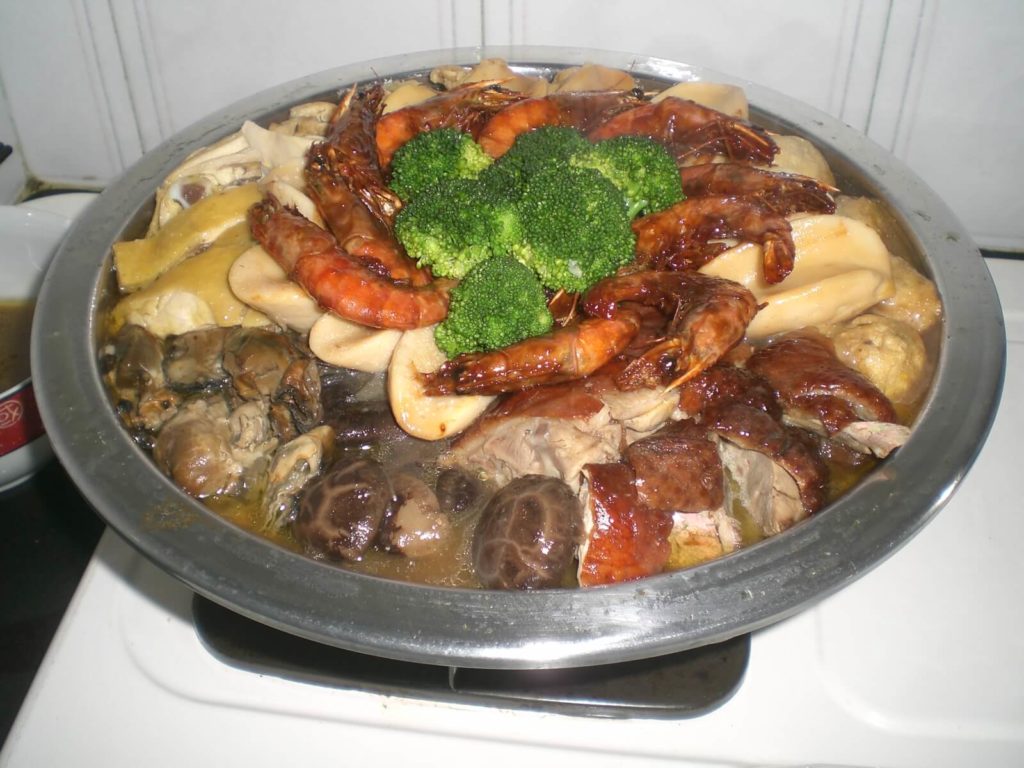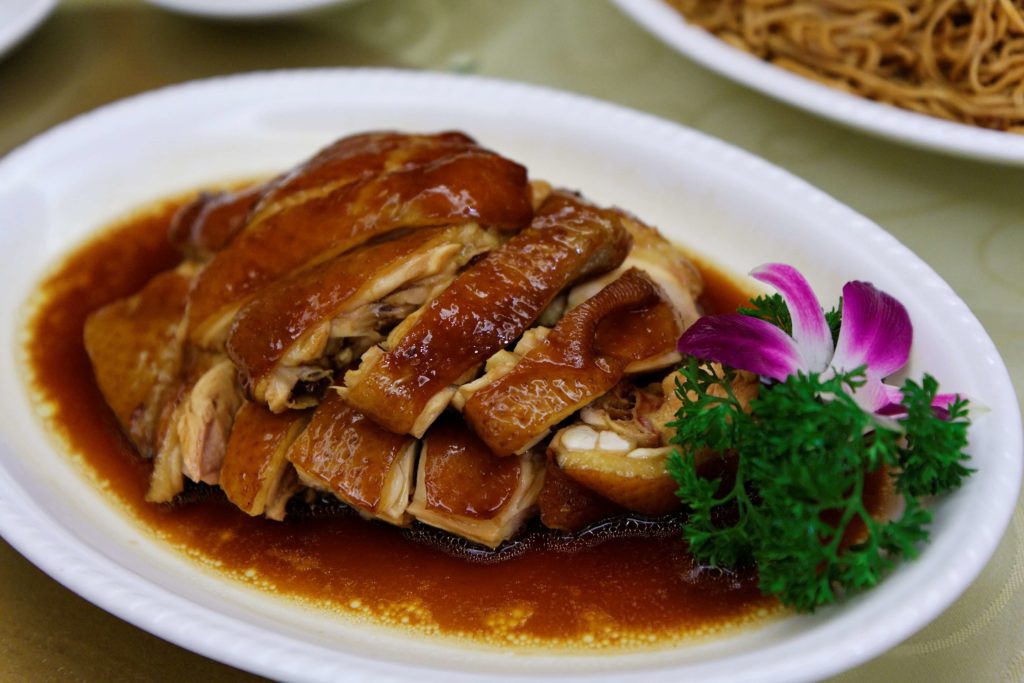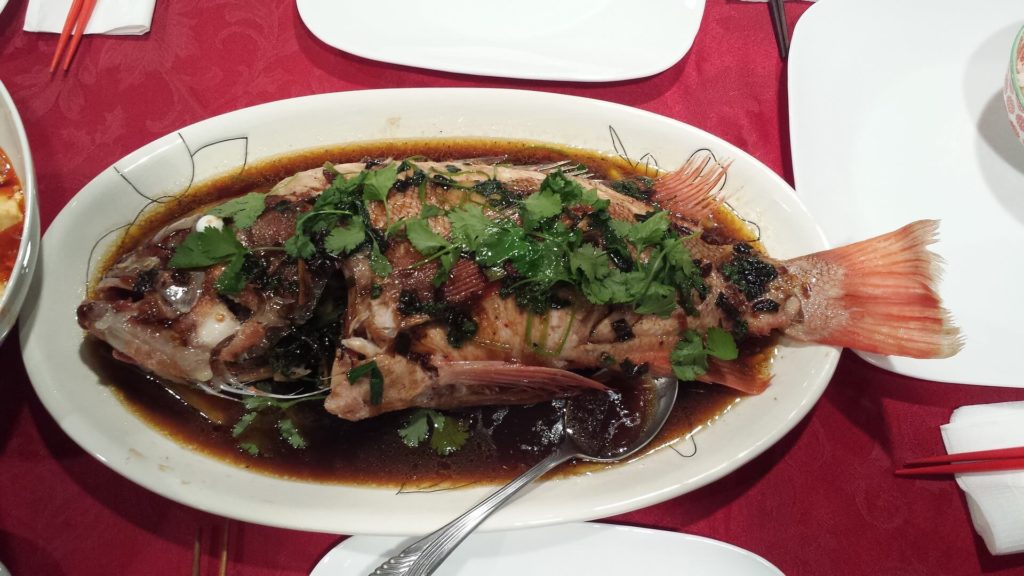On December 22, countless Chinese families will gather for a hearty winter solstice dinner which serves up many delicious dishes, each bearing a different lucky meaning to its name.
The winter solstice is the shortest day, or the longest night of the year. Falling in the 11th month of the lunar calendar, either on December 21, 22 or 23 of the Gregorian calendar depending on the year, this day marks one of the most significant festivals among Chinese communities worldwide.
Since the Han dynasty, winter solstice has been celebrated by the Chinese with a festival named 冬至 (dungzi in Cantonese, dongzhi in Mandarin), which literally translates into “winter’s peak”. Traditionally, the winter solstice festival signified the time when farmers and fishermen had to start preparing for the colder months ahead. The festival also has roots in the Chinese theory of yin and yang, which explore balance and harmony in life. The cold, dark qualities of yin are believed to be at their strongest on the longest night of the year, but once the winter solstice passes, the warmth and light of yang will begin to flourish as daylight hours lengthen once again.
This year’s winter solstice festival will be on December 22. Be prepared for Chinese restaurants across Hong Kong to be fully booked for dinner on the day, as the city celebrates by getting off work early and heading home or to restaurants for lavish feasts.
Five Typical Dishes Eaten at Winter Solstice Dinner
In line with Chinese superstition, most typical dishes eaten at traditional winter solstice dinner symbolize good wishes, either in the pronunciation of its name or in its physical form. Here are five of the most popular foods served at Chinese winter solstice dinner in Hong Kong.
Pun choi (盆菜)
A basin packed to the brim with at least eight kinds of delicacies including abalone, oysters, prawns, and shiitake mushrooms, pun choi was originally eaten in the walled villages of the New Territories at celebrations. This culture gradually spread to the rest of Hong Kong, and can now be found at many Chinese restaurants across the city, some even selling the massive dish to-go for families who prefer dining at home. This dish might seem slightly over the top to some, but is highly symbolic to most. As friends and family sit around the table with the basin in the center, everyone works together to peel back the layers of food, representing cooperation within a family to bring good luck and fortune to each other.
Want to explore the New Territories like a local? Our Tai Po Market Foodie Tour will show you the history and culture of the area, while offering plenty of yummy food. One of our tasting locations on the Tai Po Market Foodie Tour sells takeaway pun choi if you want to take one home!
Chicken
The Chinese saying “It’s not a banquet without chicken” (無雞不成宴) illustrates just how important chickens are at festive meals. This bird is a mainstay not only at winter solstice dinners, but at other celebratory occasions like the Lunar New Year, weddings, and birthdays as well. This is because its name 雞 (gai) sounds similar to the word for good fortune– 吉 (gut), and tradition dictates that such banquets must serve foods bearing lucky meanings. Mostly served salted and steamed, chicken is also served cooked in soy sauce, or tossed in stir-fries.
Fish
As fish phonetically sounds like “surplus”, serving it at winter solstice dinner is believed to bring good harvests and profits. Fish is usually steamed and served whole, drizzled with soy sauce and topped with spring onions or other aromatics. Some Hong Kongers would go even further and serve carp (鯉魚, pronounced lei yu in Cantonese), as “lei” sounds like the last character in 大吉大利 (dai gut dai lei), another blessing for good fortune.
Hot pot
Known as 打邊爐 (da bin lo) to Hong Kongers, hot pot is not a traditional component of Chinese festivities. Instead, the city’s obsession with this communal dining ritual is what turned it into a contemporary mainstay of winter solstice dinner. As entire families gather around one big pot of steaming broth, chatting merrily and cooking slivers of fresh meat for each other, hot pot becomes the hearth of the modern Hong Kong apartment, warming both the hands and hearts of families amidst the winter chill.
Glutinous rice dumplings (Tongyuen)
After gorging on savory dishes, families end the meal on a sweet note with glutinous rice dumplings (tongyuen in Cantonese, tangyuan in Mandarin), as tongyuen sounds like the Chinese word for “reunion”. Besides its name, tongyuen’s round shape also symbolize unity and togetherness. These chewy spheres of sticky rice dumplings are stuffed with a molten black sesame or peanut filling, and served in a bowl of warm, gingery syrup.
Craving a comforting, wintery dessert? Check out The Woks of Life’s recipe for tongyuen.
Here’s to a lovely winter solstice festival filled with warmth, love, and family!





